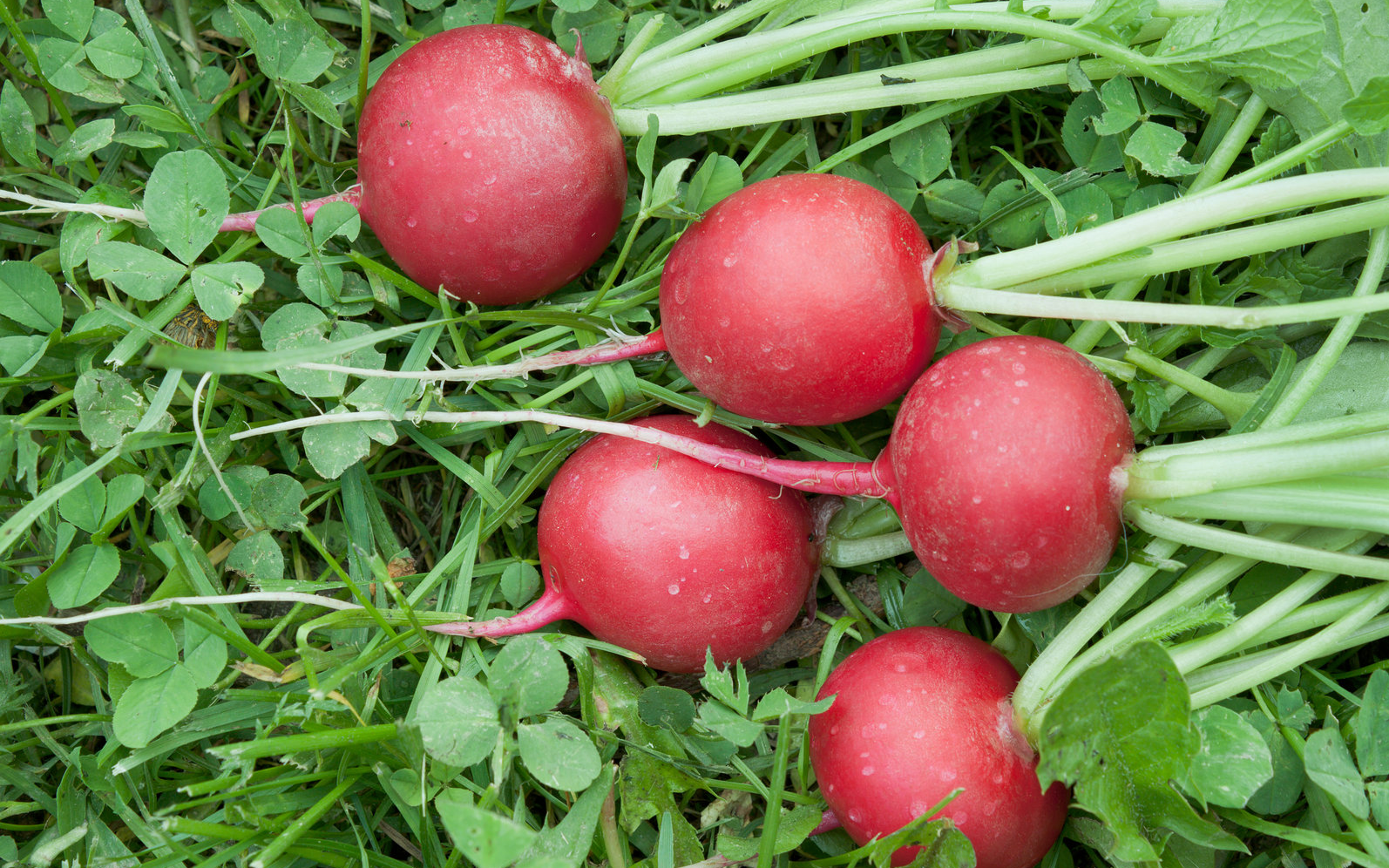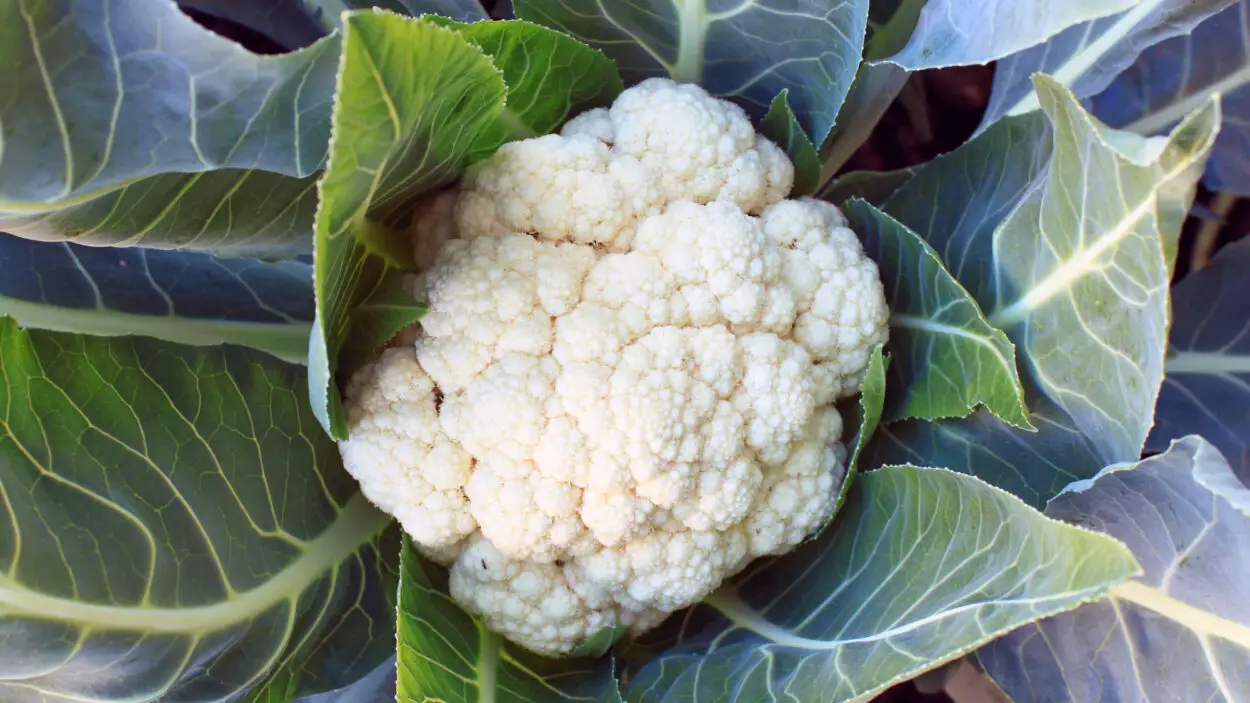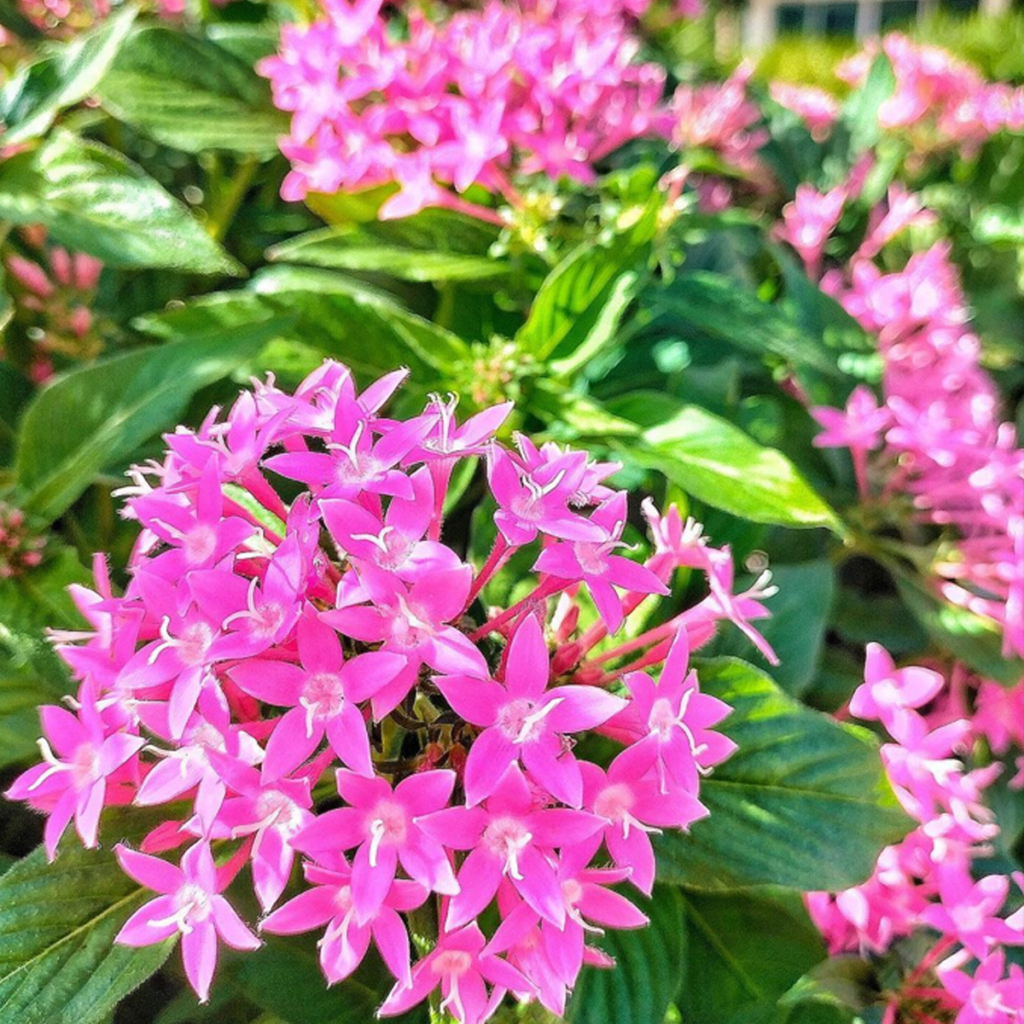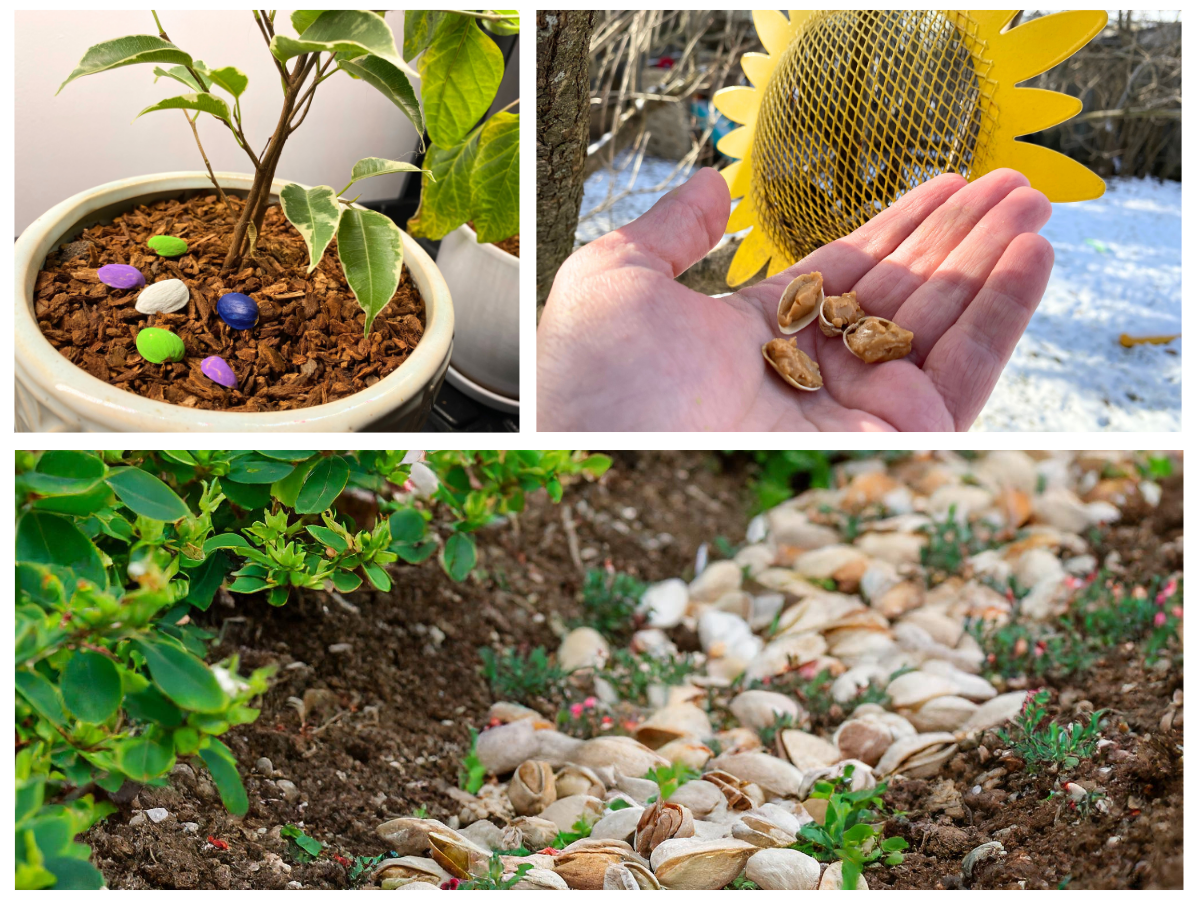Top 10 Ground Covers for Your Landscape

Erosion is a natural process that occurs when soil is displaced by wind or water. However, when human activity causes erosion to occur at an accelerated rate, it can have devastating effects on the environment. Erosion can lead to the loss of topsoil, the degradation of habitats, and the release of pollutants into waterways. One way to prevent erosion is to plant ground covers. Ground covers are low-growing plants that spread quickly, forming a dense mat of foliage that helps hold soil in place. In this article, we will explore the best ground covers to plant for erosion control.
What to Look for in a Ground Cover
Before we delve into the best ground covers for erosion control, it’s important to understand what to look for in a ground cover. The ideal ground cover for erosion control should have the following characteristics:
- Deep root systems: Ground covers with deep roots are better able to anchor soil and prevent erosion.
- Dense foliage: A dense mat of foliage helps protect soil from erosion caused by wind and water.
- Rapid growth: Ground covers that spread quickly can establish themselves before erosion becomes a problem.
- Adaptability: The ideal ground cover should thrive in various soil types, light levels, and moisture conditions.
Now that we know what to look for in a ground cover let’s look at some of the best ground covers for erosion control.
- Creeping Juniper
Creeping juniper (Juniperus horizontalis) is an evergreen ground cover that is perfect for erosion control. It has a shallow root system that spreads quickly, forming a dense mat of foliage that can tolerate dry, rocky soils. Creeping juniper is also resistant to pests and disease, making it a low-maintenance option for erosion control.
- Blue Rug Juniper

Another excellent juniper for erosion control is the blue rug juniper (Juniperus horizontalis ‘Wiltonii’). This low-growing ground cover has silvery-blue foliage that forms a dense mat, making it an excellent choice for preventing soil erosion on hillsides and slopes. The blue rug juniper is also drought-tolerant and can thrive in a variety of soil types.
- English Ivy
English ivy (Hedera helix) is a classic ground cover that is well-suited for erosion control. It has a dense mat of foliage that can tolerate a wide range of soil types and light levels. English ivy is also easy to propagate, making it an affordable option for large-scale erosion control projects.
- Creeping Phlox
Creeping phlox (Phlox subulata) is a colorful ground cover that is perfect for erosion control. It has a shallow root system that spreads quickly, forming a dense mat of flowers that can tolerate dry, rocky soils. Creeping phlox is available in a variety of colors, including pink, purple, and white, making it an attractive addition to any landscape.
- Sedum

Sedum is a genus of low-growing succulent plants that are well-suited for erosion control. These plants have shallow root systems that spread quickly, forming a dense mat of foliage that can tolerate dry, rocky soils. Sedum also comes in a variety of colors, from pale green to deep burgundy, making it an attractive option for erosion control.
- Wild Strawberry
Wild strawberry (Fragaria virginiana) is a native ground cover that is well-suited for erosion control. It has a shallow root system that spreads quickly, forming a dense mat of foliage and producing small, edible fruits. Wild strawberry is also tolerant of a wide range of soil types and light levels, making it a versatile option for erosion control.
- Vinca Minor
Vinca minor, also known as periwinkle, is a popular ground cover for erosion control. It has a shallow root system that spreads quickly, forming a dense mat of evergreen foliage that can tolerate shade and a variety of soil types. Vinca minor also produces small, blue-purple flowers in the spring, adding a pop of color to any landscape.
- Dwarf Mondo Grass

Dwarf mondo grass (Ophiopogon japonicus) is a low-maintenance ground cover that is perfect for erosion control. It has a shallow root system that spreads quickly, forming a dense mat of evergreen foliage that can tolerate shade and a variety of soil types. Dwarf mondo grass also produces small, white, or light purple flowers in the summer, adding visual interest to any landscape.
- Ajuga
Ajuga (Ajuga reptans) is a hardy ground cover that is well-suited for erosion control. It has a shallow root system that spreads quickly, forming a dense mat of evergreen foliage that can tolerate a wide range of soil types and light levels. Ajuga also produces small, blue-purple flowers in the spring, adding a splash of color to any landscape.
- Barren Strawberry
Barren strawberry (Waldsteinia ternata) is a low-growing ground cover that is perfect for erosion control. It has a shallow root system that spreads quickly, forming a dense mat of evergreen foliage that can tolerate dry, rocky soils. Barren strawberry also produces small, yellow flowers in the spring, adding a pop of color to any landscape.
Also Read: Safe and Effective Organic Eggplant Pest Control Methods (organicgardeningcorner.com)
Conclusion
Erosion control is an important aspect of environmental conservation. Ground covers are a natural, effective way to prevent erosion and protect the environment. The best ground covers for erosion control have deep root systems, dense foliage, rapid growth, and adaptability to different soil types and light levels. From the low-maintenance dwarf mondo grass to the colorful creeping phlox, there are many options to choose from when it comes to erosion control. By selecting the right ground cover for your landscape, you can help protect the environment and ensure the longevity of your property.




